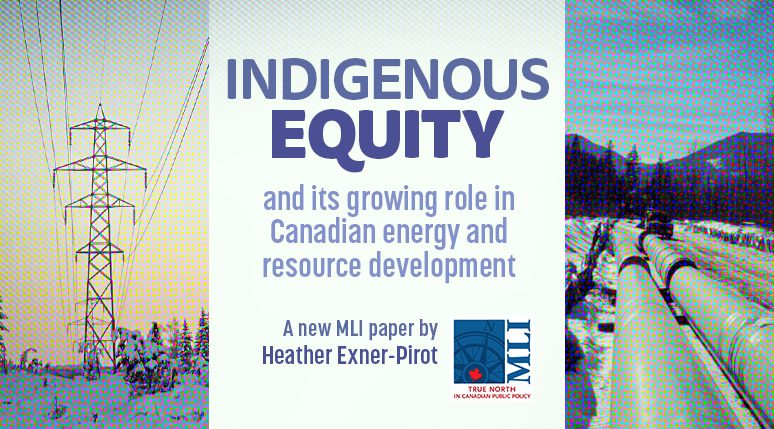OTTAWA, ON (December 6, 2023): The last two decades have seen a major evolution in the legal rights of Indigenous Canadians, as a result, strategies for Indigenous engagement and participation in the resource sector have also developed and grown.
Historically, engagement strategies focused on sharing revenues in the form of payments or royalties, training programs, employment quotas, roads and other infrastructure, and/or minimum procurement spends on Indigenous-owned businesses. However, a new tool has emerged in the past decade that is elevating Indigenous involvement in the resource sector: equity participation – making Indigenous nations shareholders in the projects being pursued on their territories.
In her new paper, Indigenous equity and its growing role in Canadian energy and resource development, Natural Resources, Energy and Environment program Director Heather Exner-Pirot evaluates the Indigenous equity ownership phenomenon, assessing its advantages and risks, financing models and asset types, and the role of government-backed loans to unleash its full potential.
“When an Indigenous community has equity in a project, they have skin in the game;” notes Exner-Pirot. “The project’s success is their success. This is what makes equity such a powerful tool from a proponent perspective: it helps align interests and incentives.”
Exner-Pirot explains that Indigenous equity ownership serves several purposes: providing tangible economic benefits to Indigenous nations from the developments proceeding on their territories; gauging consent for a project within a given community; expediting burdensome regulatory processes for resource and energy development in Canada; and finally, propelling Canada internationally as a leader on resource and energy projects.
But challenges persist: reliance on loan-guarantee programs must contend with the reality that such government programs, seeking to minimize risks for both taxpayers and Indigenous borrowers, will entertain a very narrow set of projects, complementing rather than replacing other tools to enhance Indigenous engagement in resource development.
Exner-Pirot concludes that Indigenous investors and their partners should consider several alternative financial tools, including payments and royalties, investment tax credits, royalty credits and trusts, and corporate shares.
“While equity is an excellent tool for Indigenous engagement… it is not the only tool in the toolbox, and it is not appropriate in every circumstance… other tools still need to be enhanced and introduced,” says Exner-Pirot.
“The bigger the toolbox, the better the outcome.”
To learn more, read the full paper here:







